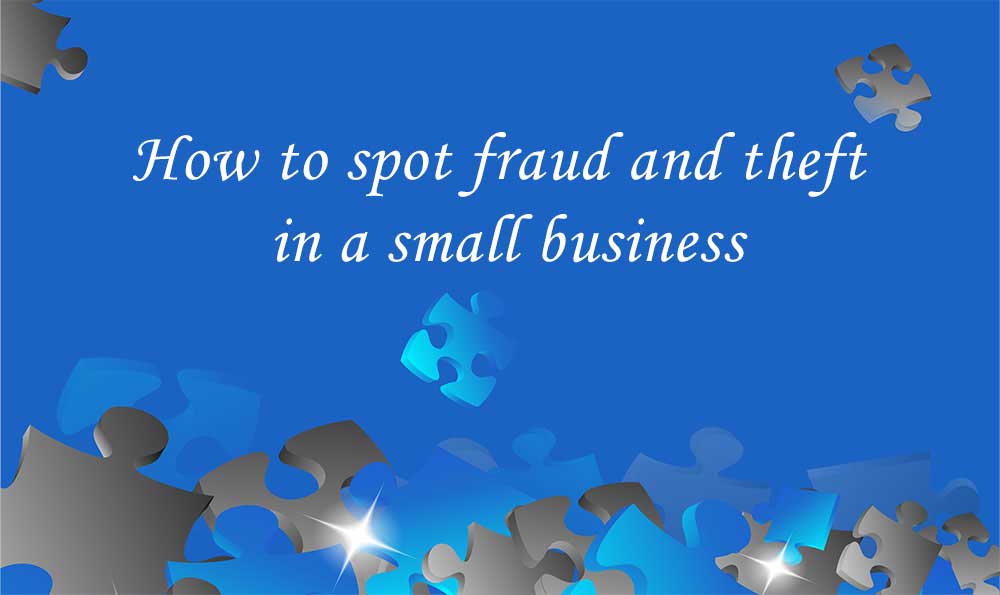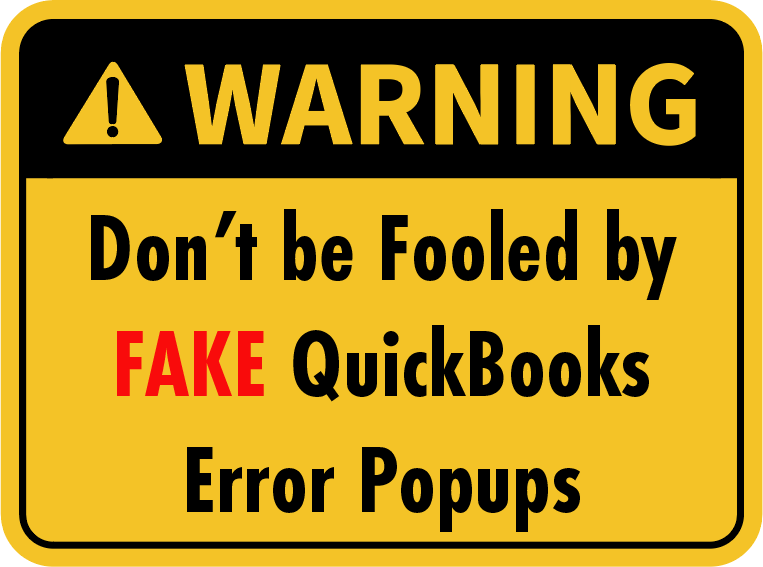I continue to run into folks that have never heard the term "Fractional CxO", or…

How to spot fraud and theft in a small business
Reading Time: 4 minutes
It’s no secret that many small businesses barely scrape by when they’re first founded – there’s a reason why only 50% of small businesses make it past the five-year mark. As a small business owner, you know that when the business doesn’t have much funding, every cent counts. Here’s what you need to know about protecting your small business from employee theft and fraud.
Employee theft and fraud: a birds’ eye view
If the thought of one of your employees stealing from your business or committing fraud makes you defensive, that’s good. In small businesses, owners often know their employees well and maintain a family-like atmosphere in the workplace. No business owner hires employees whom they think will commit fraud or theft.
Unfortunately, employee theft and fraud occurs more in small businesses than in mid-sized or large businesses – and not by a small margin either. According to the 2017 Hiscox Embezzlement study, 68% of employee fraud and theft occurred in businesses with fewer than 500 employees. The Association of Certified Fraud Examiners found in 2016 that many businesses across the U.S. were victims of employee fraud and theft.
The point here isn’t that you should automatically distrust all of your employees. Rather, it’s that being vigilant isn’t paranoia; it’s a vital aspect of being a responsible owner.
Employee theft is fairly self-explanatory. If an employee is stealing products or materials from their place of work, they’re committing theft. Employee fraud is a bit more complicated, and typically happens in a number of ways:
- An employee steals a check from the mail, forges an employer-payee endorsement on the back, and then deposits the check into their own account. Since most bank tellers aren’t trained to cross-reference payee names with account numbers, this can be fairly easy for an employee to pull off.
- An employee steals an employer’s blank check, addresses it to a fictional employee, and then deposits the check into an account the employee has created in the name of the fictitious employee.
- An employee gives a fraudulent invoice to an accounts payable clerk. The clerk prepares a check which the employee then takes and deposits into their own account.
- An employee is on the clock, but not working, thereby claiming wages for time not worked.
Who commits employee theft and fraud?
When business owners are trying to figure out who would steal from their business, they often think first of newer, younger employees. However, the demographic evidence shows almost the opposite.
Typically, the person committing the theft is an employee with access to money – think of your accountant or the employee in charge of the payroll. Additionally, the most trusted employees are also the employees who commit theft and fraud at the highest rates; they have often been with the company for a long period of time. According to the 2017 Hiscox study, the median age of an embezzler is typically around 48 years old and over 37% of employee embezzlers are in finance or accounting positions.
How to spot and prevent employee theft and fraud
Tell-tale signs of possible embezzling include:
- Employees (particularly in accounting or finance) who are living beyond their means. They may be skimming off the top in order to fund their lifestyle.
- Employees who are overly curious about how payrolls and accounting work. While they may be genuinely interested in how the financial side of your business works, they may also want some of those finances for their own enjoyment.
- Employees who always insist on staying late or taking work home with them.
- Employees who won’t take even mandatory time off. They may be worried that their fill-in will notice they’ve been keeping the books wrong.
- Petty cash that disappears quickly.
- Inventory goes missing with no explanation.
Here are some simple steps you can take to prevent employee fraud and theft in your small business:
- Heavily screen employees, particularly in accounting and finance. Consider outsourcing accounting or finance work to a third-party accounting firm.
- Require employees to take vacations. Restricting overtime for accounting and finance employees is also a good idea. While they’re on leave, double check their work and see if anything looks out of place.
- Require employees to leave all of their work at the office at the end of the day.
- Prevent employees from building up inappropriately close relationships with vendors.
- Keep a close eye on petty cash.
- Check travel expenses and company card charges often.
- Check bank statements by having them mailed directly to you before they get to your accountant.
- Perform monthly bank reconciliations.
- Avoid keeping signed blank checks.
- Review A/R reports weekly.
- Review the master client and employees lists regularly to check for fake customer or employees names.
- Approve vendor invoices yourself.
These precautions will help prevent employee theft and fraud from compromising your business, and help you to catch it quickly if the worst does happen.
For almost 20 years VARC Solutions has been helping small business owners find the software they need to run their businesses smoothly. If you’re a small business owner struggling to manage your finances, click here to find out what VARC Solutions can do for you.


